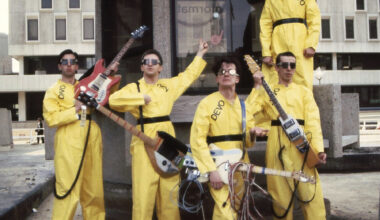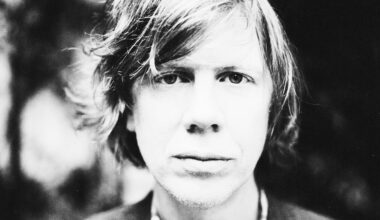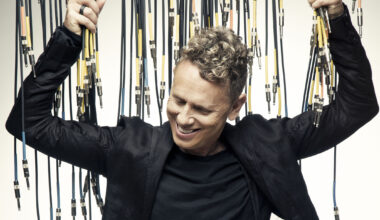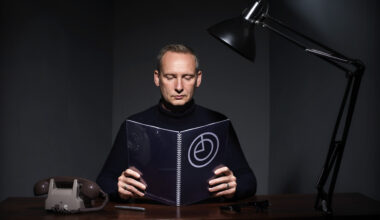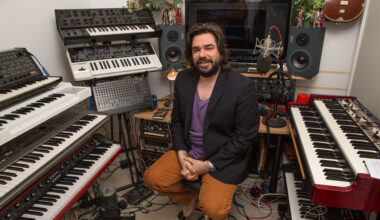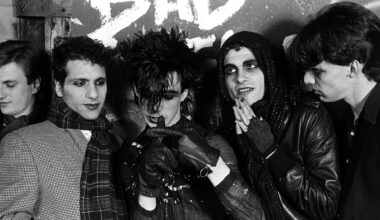Mixing real instruments with the sounds of household objects, the mesmeric creations of Berlin’s Floating Spectrum come via self-made software synths and a generative system that turns visual data into sound…
“I have always been interested in making music, and especially playing with anything that can make sounds,” says Taiwan-born, Berlin-based audio technologist and composer Mei-Fang Liau talking about the influences behind ‘A Point Between’, her debut album as Floating Spectrum. “I started learning piano when I was around 10 years old. I was active in the school community as well, playing in the orchestra. I also had my own recorder, which I would carry around everywhere, capturing sounds. But at that time it was just a very childish thing. I was just being playful. I never thought of it as composing anything.”
Fast forward and it’s this life-long fascination with sound that has informed how the experimental, ambient ‘A Point Between’ has been crafted. Using a combination of commercial synthesisers, everyday household objects, and unique software synthesisers made by Liau herself, the beatless, instrumental album explores the cycles of nature through slowly evolving sounds and textures.
Though the technological wonders lie in innovative algorithms and software tools, it is a record that explores the workings of the natural world to strikingly emotive effect. Organic sounds and textures abound.
Opening track ‘The Early Green Outburst’ is enchantingly lush, like an immense jungle bursting into foliage and bloom. Each track seamlessly moves into the next, unfurling like leaves on flourishing plants. With song titles such as ‘Rising Tide, Nourished Soil’, ‘Falling Apart On The Dreary Field’, ‘Inner Island’ and ‘Obscured Moon’, Floating Spectrum metaphorically links nature to the evocation of human emotions.
Even the album artwork toys with this dichotomy of nature and technology. The kinetic sprawl of red, green and yellow lines on the sleeve could be perceived as a tangle of electrical cables, or a sub-aquatic mass of plant stems and coiled organisms.
The album originally began as a series of audio works made in response to a dance performance. Liau was part of an art and technology collective in Berlin, and their first exhibition involved a dance that was responsive to sound – “kind of like a composition that can be realised through dance movements,” explains Liau. She created four pieces for the performance, two of which found their way onto the album.
To complete the record, she then crafted her own fractal-inspired software synthesiser, which she called Polyphylla. The tool simulates the way in which nature creates complex, organic forms by repeating slight variations of a simple form.
‘A Point Between’ is a wondrous marriage of the two seemingly disparate elements that most inspire Liau; audio technology, and the natural word’s patterns of emergence, growth and decay. In fact, says Liau, Polyphylla can be best explained through comparison to a humble vegetable.
“I have always been interested in a generative approach to creating things,” she says. “Just think of broccoli – you can see fractals in broccoli. You have this basic shape of one flower, but then you repeat and rotate this shape, and then you repeat it in a circular way, or a spiral, and you end up with a very organic and beautiful and complex shape.
“Basically, what I’m doing is stacking tons of sound waves in different frequencies, and in different kinds of volume variations. You can create a very complex and organic sound, and although it’s still digital, you can hear lots of things of happening in just one note.”
The addition of found sounds, such as those from household objects, add yet another layer of resonance and texture to her rich compositions.
“I think I pay much more attention to the details of sounds than most people,” muses Liau. “I really like the organic textures of things you can find at home. Even something as simple as a salt shaker. I would use those sounds when I was making the album, but it’s pretty unlikely that you would hear the object now as it has been so heavily processed.”
A self-described audio technologist, Liau explains that she uses the term to “refer to some of the things I do which involve researching and experimenting with innovative algorithms to create sound and music”. She then creates her own software tools and interfaces based on her experiments. ‘A Point Between’ was made in Liau’s home studio in Berlin, the city she has called home for the last decade. Her productions, she says, are 100 per cent electronic based, using her field recordings and found sounds. “I can do everything with my laptop and the equipment I have at home,” she says.
Though Liau studied media and computer science, remarkably her proficiency with digital signal processing and audio technology is mostly self-taught.
Liau also cites the “open and free atmosphere” of the German capital as integral to the making of the album.
“I think if I was not living in Berlin I wouldn’t have made an album that sounds like this sounds,” she says. “In terms of music there’s all kinds here for any particular interest.”
Though many would perhaps first think of Berlin as a concrete metropolis, it’s the abundance of lakes and forests on the outskirts of the city that also inspire Liau.
“In general, I’m very drawn to observing nature,” she says. “I like to go for a walk in nature. In summer I go to swim a lot and like to observe the sea and the coast. I also really like animal channels and David Attenborough documentaries. I’m a big fan of the BBC’s ‘Oceans’ series.”
It makes sense then that the final composition on ‘A Point Between’ – a droning, muffled finale with shuddering synth lines that crash and ebb like waves – is titled ‘Descent Into The Hadal Zone’. The hadal zone is a term used to describe the deepest marine habitat on Earth, composed primarily of ocean trenches. When I admit to Liau that I had to Google exactly what a hadal zone is, she brightens.
“Oh, that’s really cool that you looked that up,” she exclaims. “I really appreciate you finding that. I wanted to express this feeling of being deep in the water and this kind of place in the water. I thought it was a nice way to do that.”
In terms of musical influences, Liau names artists such as Visible Cloaks and Tim Hecker.
“Tim Hecker’s music influences me a lot, especially his soundscapes,” she says. “His music is very emotional while at the same time there are all these interesting sound processing techniques. When I was younger, shoegaze – that kind of heavily processed guitar music – also influenced my taste and the direction of the sort of music I wanted to make.”
It’s unsurprising that Liau also references pioneering American composer Laurie Spiegel and her 1980 debut album ‘The Expanding Universe’. There are obvious parallels between Spiegel’s output and Liau’s own work; namely the use of self-built composition tools and the sweeping naturalistic themes. Liau says she’s particularly drawn to Spiegel’s ability to balance technical innovation with emotional depth.
“When I create a piece of music or a song, the hardest part is about emotion – how to make myself motivated to move forward, physically and emotionally,” she explains. “There are two big elements. I have to feel emotionally attached to what’s going on, but I also need to be exploring something technically new in the process.”
Get the print magazine bundled with limited edition, exclusive vinyl releases
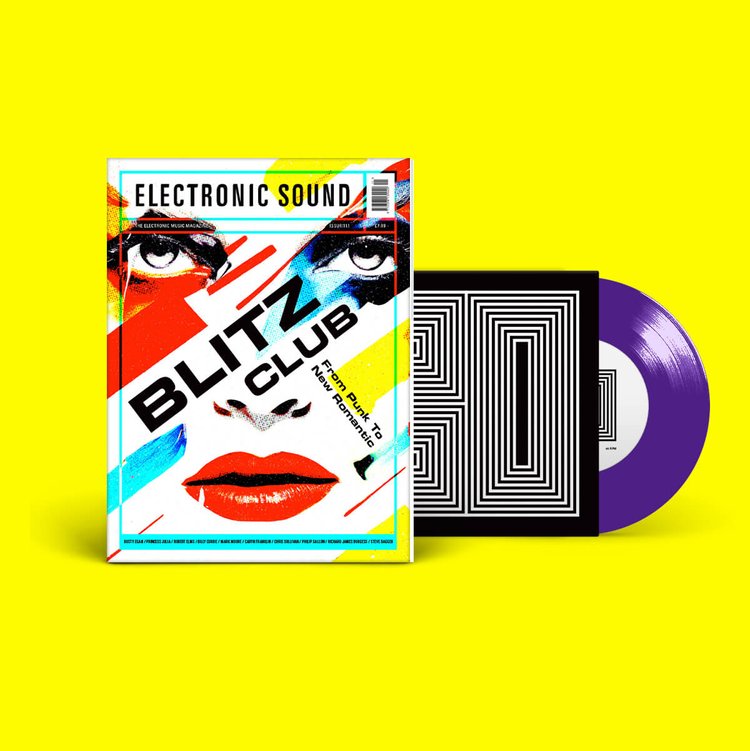
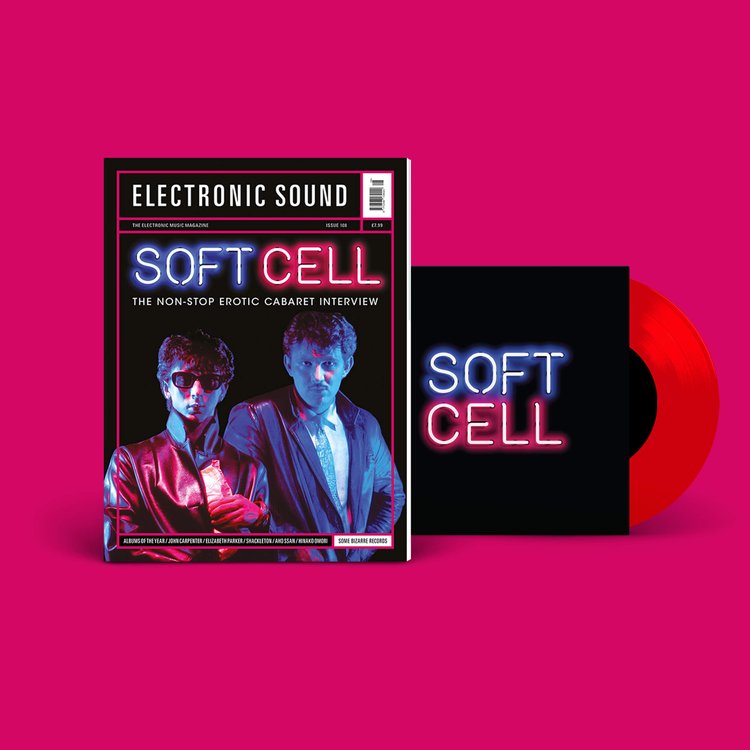
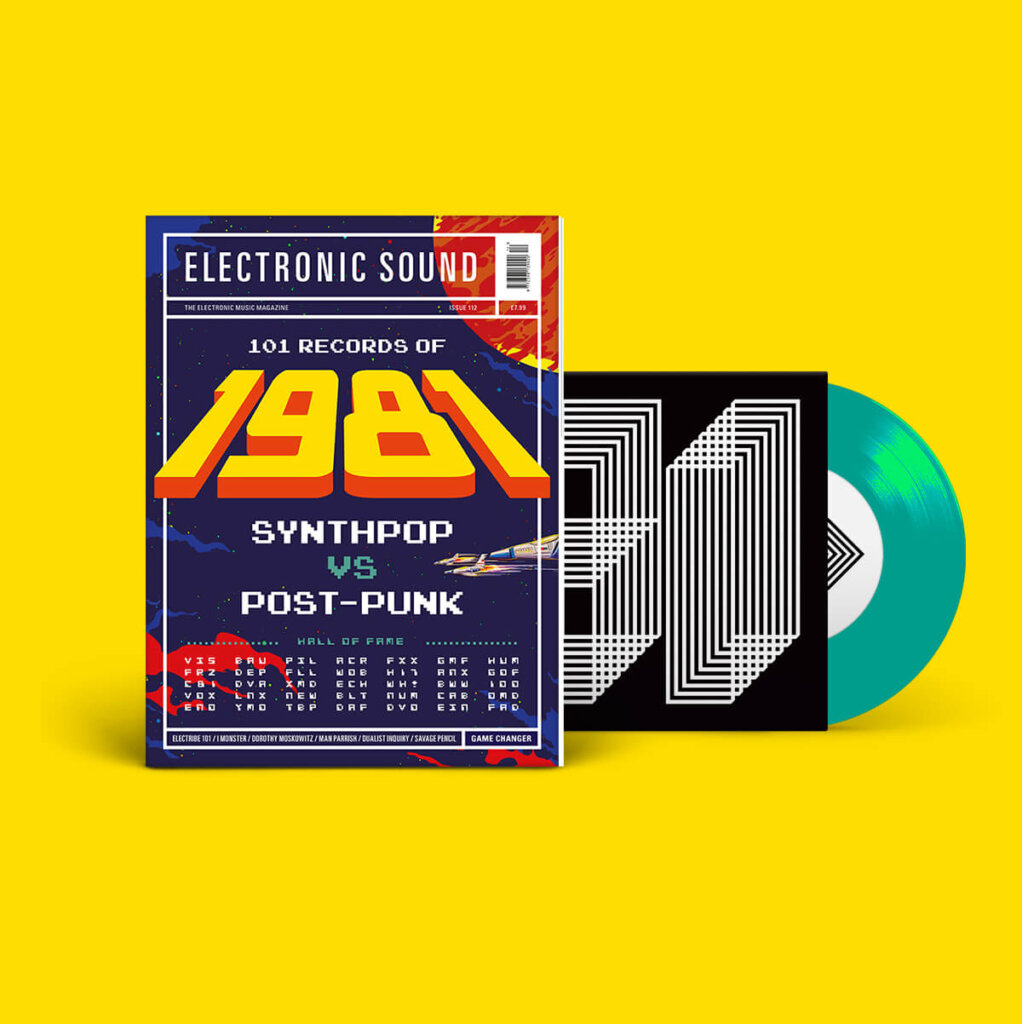
This preoccupation is best illustrated on the penultimate track, the compelling seven-minute-long odyssey titled ‘Eruption’. To write it, Liau built a generative sound system that converts visual data into sound. The challenge was to capture and process the information in a way that would produce a piece of music with a strong visceral resonance. It was, she says, one of the most difficult parts of the album to make, but also the most rewarding.
“It’s a hybrid system that combines analogue signals and data analysis,” she says. “It was much, much harder to do because I have to work a lot more on the sound generation system itself, without me interfering with what it’s doing. Most importantly thought, the final outcome still needs to satisfy my emotional requirements.”
‘A Point Between’ is an extraordinary debut from an artist striving to create unique sonic organisms and shape these into something emotionally profound. When asked what’s next in store for Floating Spectrum, Liau is eager to continue to push the boundaries of her own processes.
“The way I create music is very much a like a craft,” she concludes. “It has lots of modifications and is heavily arranged. Currently I’m exploring improvisation and thinking about how I can have more of an element of improvisation in my sound creation process.”
‘A Point Between’ is out on Temporary Residence

